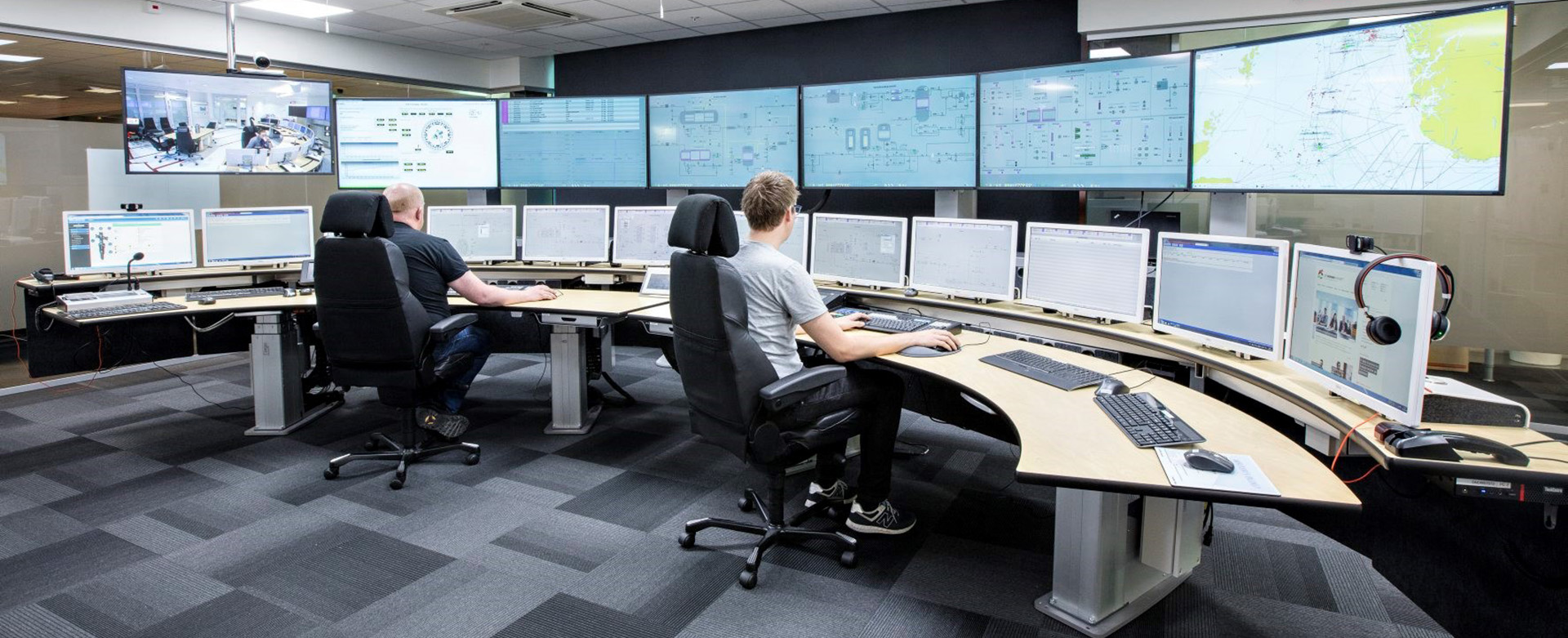New methods for utilising data
Based on input from Aker BP and Cognite:
A standard oil and gas production facility generates a huge amount of data. Many equipment units and components require regular monitoring and maintenance, creating extensive work orders and documentation. In addition come downhole and process plant measurements.
An important challenge in the petroleum sector therefore involves being able to organise and manage these data volumes in order to optimise production and maintenance work, and thereby contribute to value creation. Freeing-up and sharing data are necessary for achieving good collaboration between operators, licensees and suppliers.
Cognite aims to collect and extract value from data generated on the fields. This company collaborates closely with Aker BP, which helped to establish it.
A data platform created by Cognite collects all output and operating data throughout the value chain for petroleum production. Information is acquired, for example, from all sensors, pumps, valve systems and piping, and is made available continuously. This gives a better insight into how the system functions, and makes it easier to optimise operation and take the right decisions.
Assembling all data in a single platform reduces integration and maintenance costs. Moreover, solutions can be scaled to make them applicable to several fields, and development speed and data flow increase throughout the organisation.
The data platform gives the operator access to both historical and real-time information from the fields. A number of third-party applications and programmes support day-to-day operation of the facilities. Components which interact in the real world are also linked on the platform to provide a complete picture. That makes it possible, for example, to use machine applications for optimisation and automation as well as advanced visualisations and programmes for those requiring access to real-time field data.
Data available on the platform also permit the use of artificial intelligence to improve the efficiency of various processes. Two examples are production optimisation through data-driven and physics-based decisions, and predictive maintenance which ensures that the right work is done at the right time and increases uptime.
Continuous access to real-time data supports the development of new business models between operator and supplier. An example is that a supplier gets paid for the uptime of the equipment it delivers – a pump, for example. The supplier has unrestricted access to “live” data from the pumps so that it can ensure continuous operation. Such new models incentivise efficiency and collaboration between players in the industry.

Figure 2.29 The control room for Ivar Aasen. Photo: Aker BP.